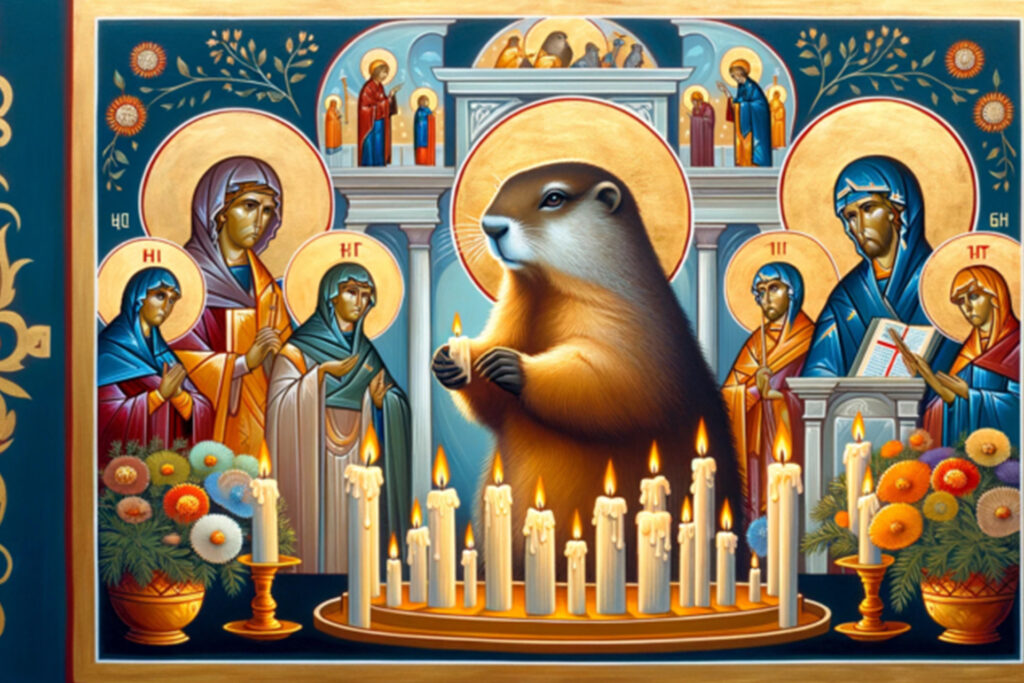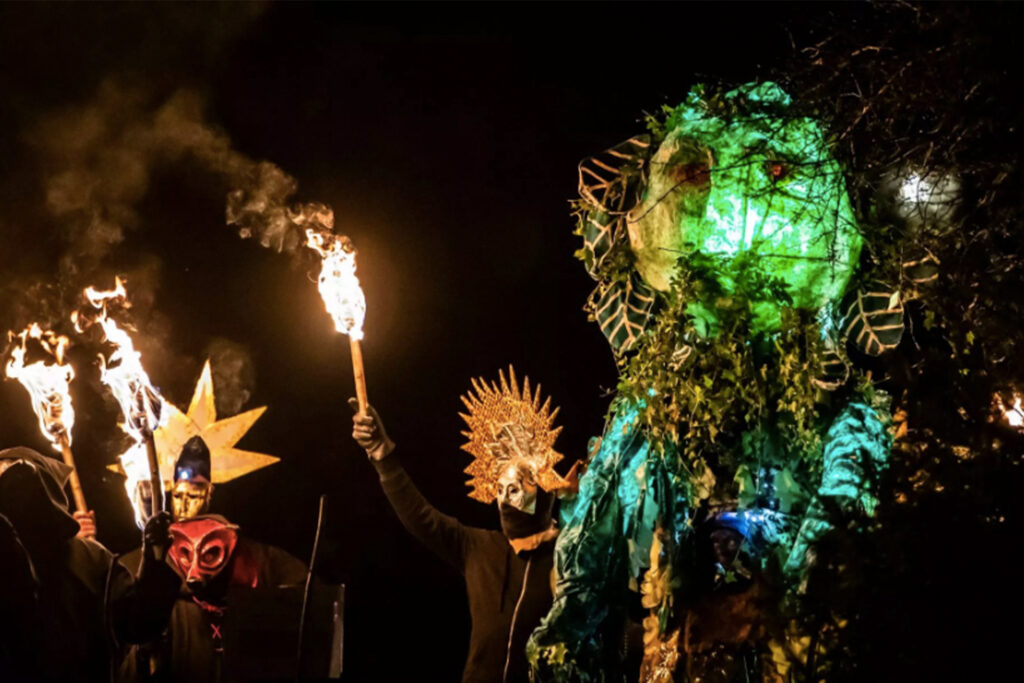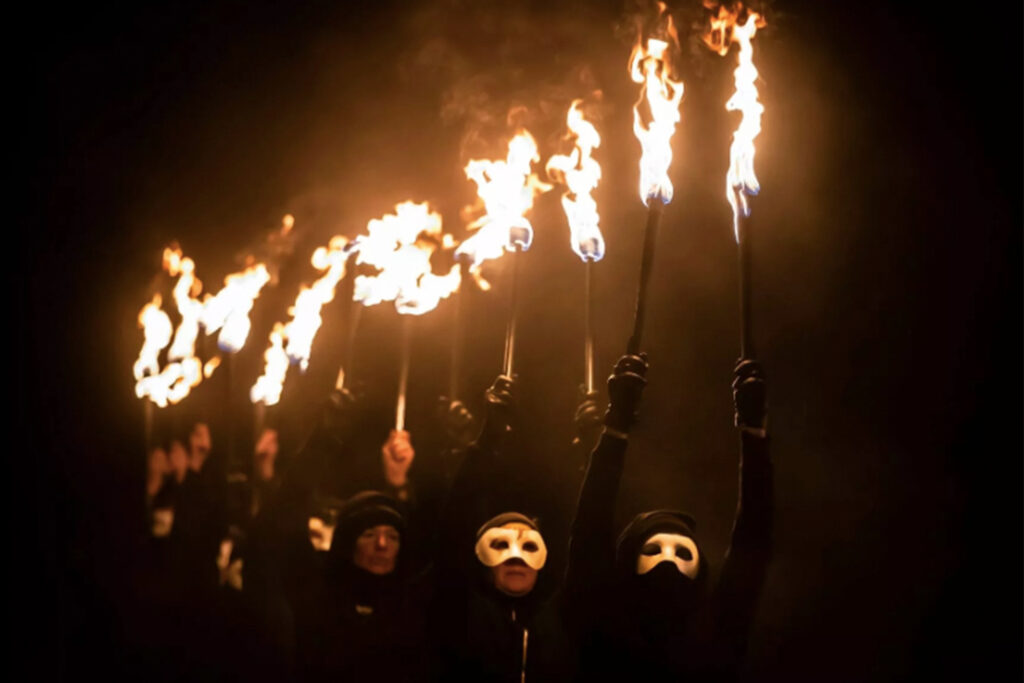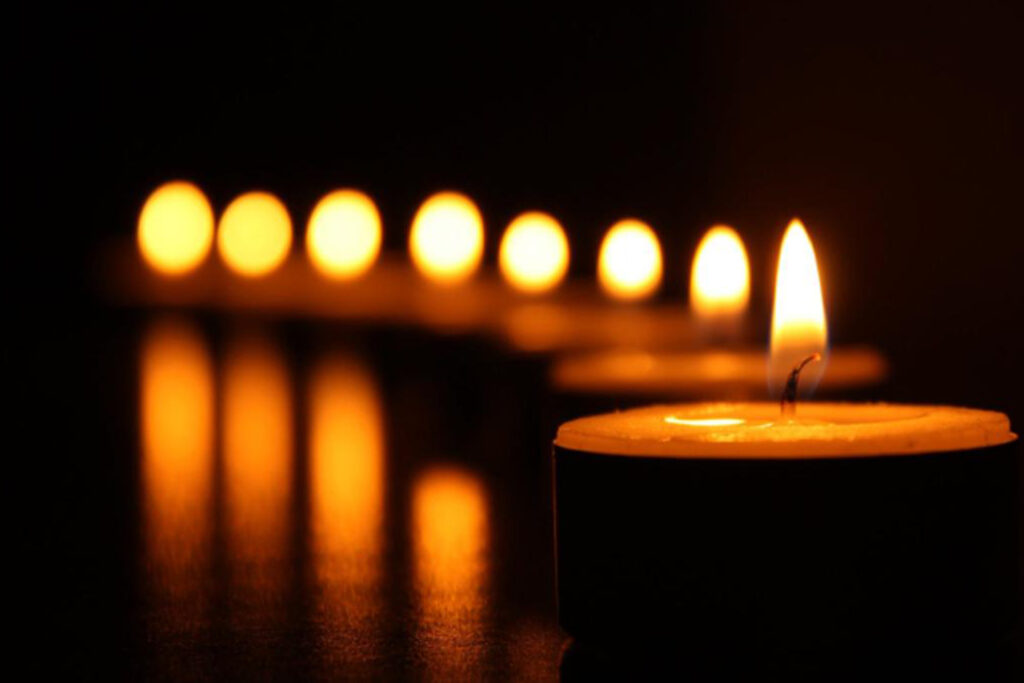Did you know that traditionally marking the calendrical year here in Ireland, we have four seasonal Celtic festivals: Samhain, Imbolc, Bealtaine and Lughnasa? These will be explained to you over a series of four blogposts. In the previous blogpost, I explained the meaning behind Lughnasa, and this was preceded by a post explaining the meaning of Samhain, known today, globally, as Halloween. In this blogpost, I will continue by explaining the meaning of Imbolc — Celtic “Uire” festival — which marks the coming of Spring!
Did you know that Candlemas (the Christian holiday), Saint Brigid’s Day (the Irish holiday), Hromince (the Czech holiday), and Groundhog Day (that bizarre North American holiday, which achieved global fame through the 1993 Hollywood comedy/romance film of the same name) are all rooted in the same ancient Celtic festival: Imbolc?
Imbolc (pronounced “Imbulk”), or Imbolg, as it is alternatively known, marks the halfway point between the winter solstice and the spring equinox. It was traditionally celebrated by Celts on February 1st. As the American folklorist Don Yoder explains in Groundhog Day (2003):
The seasonal turning points in the Celtic year were immensely important communal festivals in prehistoric, pre-Christian times. Of these festivals, the dates have continued to be important down to present time, though the celebrations were transformed by the medieval Church into “Christian” holidays. The four turning points of the Celtic year were November 1, February 1, May 1, and August 1. The year began with November 1, the Celtic New Year, and ended with the Harvest Festival of August 1. The Celtic names for the four festivals were Samhain, Imbolc, Bealtaine, and Lughnasa.
However, though it would seem accurate to our minds to date Imbolc to February 1st, the ancient Cents calculated days a little differently. They measured their days from evening to evening, meaning that Imbolc actually commences on February 1st and lasts until the evening of February 2nd — which is when the ancients Celts really celebrated it.
According to Lady Wilde in Ancient Legends, Mystic Charms & Superstitions of Ireland (1919), it was on February 2nd when all of the truly rowdy and incendiary Imbolc festivities took place, which is what led the Catholic Church to hijack the holiday on this day, once again — apropos of Samhain — “baptising the customs,” as the anthropologists say:
Candlemas day, the 2nd of February, used to be held in the old pagan times as a kind of saturnalia, with dances and torches and many unholy rites. But these gave occasion to so much ill conduct that in the ninth century the Pope abolished the festival, and substituted for it the Feast of the Purification of the Blessed Virgin, when candles were lit in her honour. Hence the name of Candlemas.
The Irish writer James Joyce, widely regarded as one of the most influential and important authors of the twentieth century, and with whom ISI Dublin has many deep and meaningful connection to (see our other academic blog posts), was born on Candlemas Day, on February 2nd in1882. As mentioned, marking the midpoint between the winter solstice and spring equinox, Candlemas constitutes a waypoint on the journey out of winter, to which end a traditional rhyme goes:
If Candlemas be fair and bright,
Winter has another flight.
If Candlemas brings cloud and rain,
Winter will not come again.
Joyce, who had a wonderful sense of humour, especially liked the idea of sharing his birthday with a groundhog and deemed it to be a good omen — he even famously arranged for his most revered work Ulysses to be published on his fortieth birthday in 1922.

So, Candlemas aside, how exactly did the ancient Celtic festival of Imbolc inspire Groundhog Day in North America? Well, unfortunately, that’s a rather long and complex story, one that will have to wait until our next blogpost in this series: stayed tuned!



